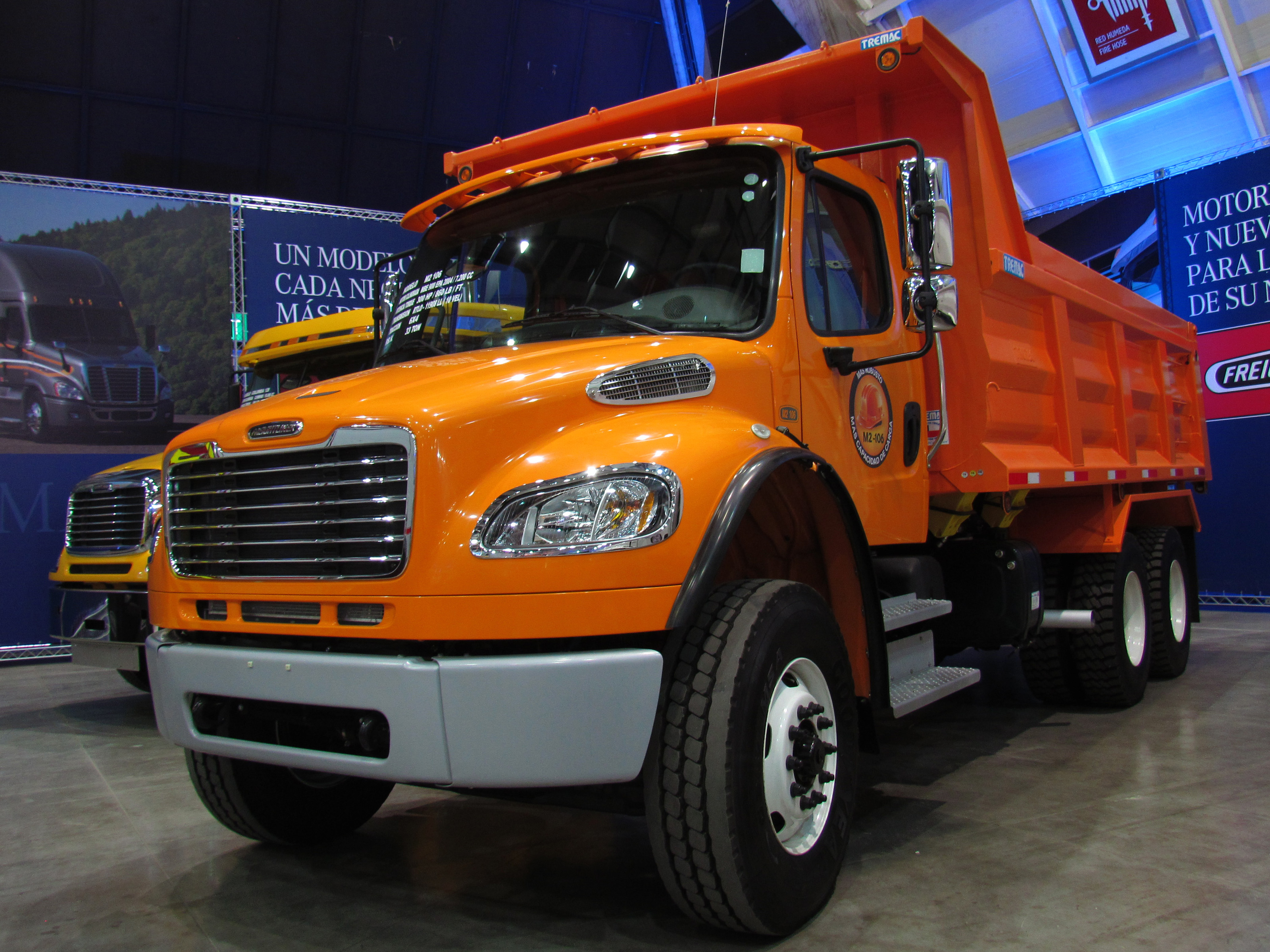Requiring a Goods Vehicle Operators Licence?

You may need a goods vehicle operators licence if you use a goods vehicle greater than 3.5 tonnes gross plated weight or (where there’s no plated weight) an unladen weight greater than 1,525kg to move goods services or reward or in regards to the a trade or business. (Within this situation ‘goods’ means goods or burden connected getting an account).

For almost any vehicle and trailer combination, generally you may need a goods vehicle operator’s licence when the gross plated weights or unladen weights within the vehicle and trailer combined exceed the constraints stated above for almost any single vehicle.
The operator’s licence must be requested inside the specific person, company or partnership this is actually the ‘user’ within the vehicle.
You’ll be considered since the consumer within the vehicle if:
you’re the motive pressure and online resources the vehicle or
it’s in your approved possession within contract services, hire purchase or loan or
the motive pressure could be the worker or agent (i.e. spent individuals they are driving the vehicle to meet your requirements).

Exemptions from goods vehicle operator licensing
Small trailer exemption
A trailer through getting an unladen weight of under 1,020kg don’t have to be looked at within the weight calculation for almost any vehicle pulling a trailer. Choice may be overlooked for your purpose in accrued total gross weights or unladen weights to uncover whether or not they have left the edge for requiring an operator’s licence.
However, this exemption doesn’t apply if you’re transporting other bands goods services or reward (e.g. as being a courier or freight transport business). Such conditions, the responsibility calculation must include any trailer attached (regardless of the trailer’s weight). During this situation, when the vehicle and trailer combination exceeds 3.5 tonnes gross plated weight or (where there’s no plated weight) an unladen weight greater than 1,525 kg), a typical licence is needed.
Other exemptions from Operator Licensing
Some vehicles do not require an operators licence. They are:
vehicles first used before 1977 by getting an unladen weight not exceeding 1,525kg but for the maximum gross plated weight exceeds 3,500kg (that is under 3,556.21kg)
cars additionally for their trailers using public roads for under 9.654km (6 miles) every week, while moving between private premises of the person
vehicles used within trade licence (i.e. with trade plates)
vehicles built or adapted for transporting passengers additionally for their effects (any trailer) and achieving employed for your very own purpose
vehicles utilized by, or underneath the charge of, Her Majesty’s Uk forces
vehicles utilized by town physiques for civil defence purposes, to be able to handle their functions for your purpose in enactments associated with weights and measures or possibly the purchase of food and medicines
vehicles used getting a highway authority with regards to section 196 within the Traffic Act 1988 (i.e. the supply of weighbridges)
vehicles employed for police, fire or ambulance purposes
fire-fighting and save vehicles usedin mines
Royal National Lifeboat Institution and Coastguard vehicles when helpful for transporting lifeboats, appliances or crew
vehicles being held ready to be used in emergencies by water, electricity, gas and telephone companies
tractors, including farming tractors, helpful for that specific purposes described partly II of Schedule 3 for that Goods Vehicles (Licensing of Operators) Rules 1995, within 24.135 km (15 miles) in the farm, forestry or estate
vehicles becoming familiar with hold goodswithin aerodromes
vehicles employed for funerals
uncompleted vehicles on test or trial
vehicles employed for or in regards to the (or enroute to) snow clearing or distribution of salt, grit, etc
vehicles enroute having a Department for Transport examination and being presented laden inside the request in the Examiner
electric and steam-propelled vehicles
recovery vehicles. Paragraph three in the Goods Vehicles (Licensing of Operators) Rules 1995 claims the recovery vehicle will get exactly the same meaning much like Part V of Schedule 1 for that Vehicle Excise and Registration Act 1994 (i.e. an automobile that’s built or permanently adapted for virtually any most of the needs of lifting, towing and transporting a disabled vehicle)
an automobile with equipment permanently placed on it for the info on this vehicle. Types of such equipment include permanently fixed machines or appliances. Additionally, the only real other goods or burden that such vehicles are permitted to hold are individuals must be used in regards to the that fixed equipment. Typically, loose tools, kitchenware, foodstuffs, furniture or display units regardless of the sort or any other articles that aren’t an long lasting fixture across the vehicle wouldn’t constitute products that are important for applying the fixed equipment.